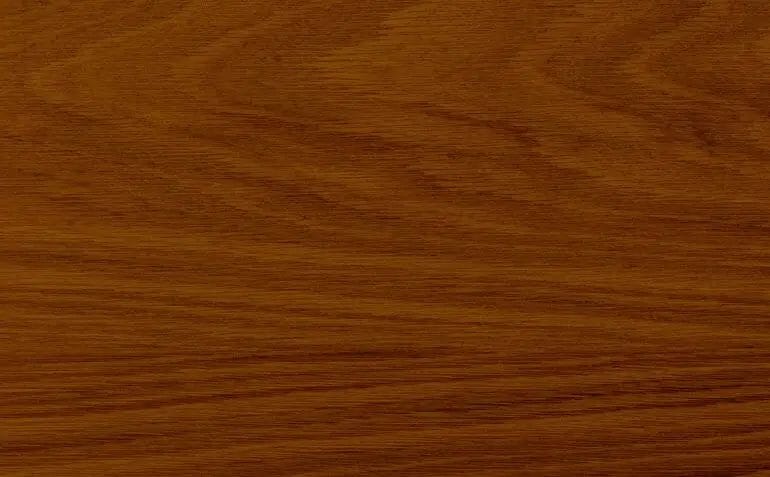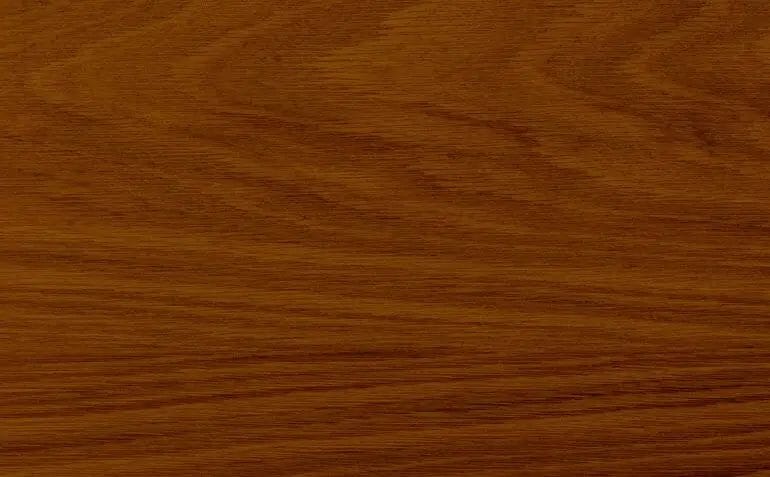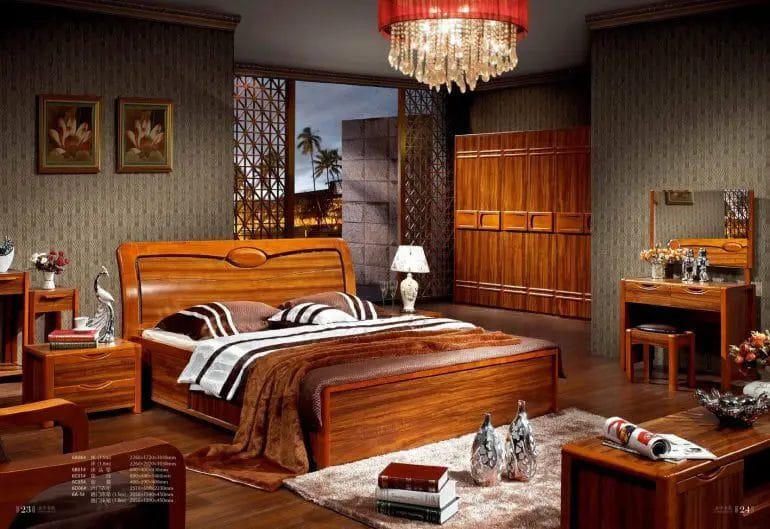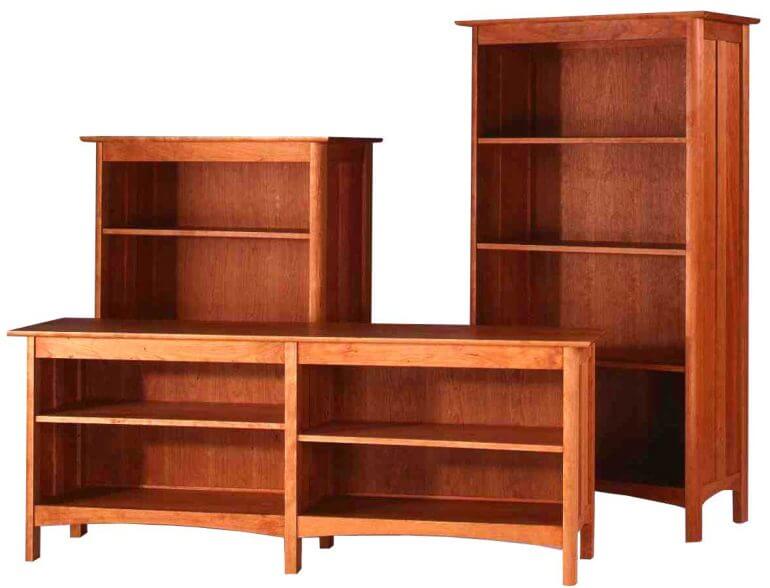Solid wood refers to furniture or structures made entirely from natural wood, without any synthetic or engineered materials. It is known for its durability, strength, and timeless beauty.
Unlike other types of furniture that use veneers or MDF (medium-density fiberboard), solid wood products are crafted from solid pieces of timber, providing a sturdy and long-lasting construction.

With its natural variations in grain patterns and color, solid wood furniture can add a touch of warmth and character to any space, making it a popular choice for those seeking a high-quality and authentic option.

Benefits of Solid Wood
Solid wood is a popular choice for furniture and construction projects due to its numerous advantages over other materials. Whether you are considering a new dining table or a flooring option for your home, here are some benefits of using solid wood:
1. Durability
One of the key advantages of solid wood is its exceptional durability. Unlike engineered wood or composite materials, solid wood is able to withstand heavy use and last for generations. It is less prone to damage from everyday wear and tear, making it an ideal choice for furniture that will be used regularly or exposed to high traffic areas.
2. Natural Beauty
Another significant benefit of solid wood is its natural beauty. Each piece of solid wood has its unique grain pattern, color variations, and textures, giving it a distinctive and timeless appeal. The richness and warmth of solid wood furniture can enhance the aesthetic appeal of any space, creating a welcoming and inviting atmosphere.
3. Versatility
Solid wood offers versatility in design and style options. It can be easily customized and crafted into various shapes and sizes to suit different needs and preferences. Whether you prefer a traditional, rustic, or contemporary look, solid wood can be tailored to match your desired aesthetic. It can be stained, painted, or left in its natural state to showcase the inherent beauty of the wood.
4. Longevity
Investing in solid wood furniture or construction materials is a wise choice for its longevity. Solid wood is known for its strength and ability to withstand the test of time. With proper care and maintenance, solid wood pieces can be passed down through generations, becoming cherished family heirlooms.
5. Eco-Friendly
Using solid wood is also an eco-friendly choice. Unlike other materials that may require energy-intensive manufacturing processes or emit harmful pollutants, solid wood is a renewable resource. It comes from sustainably managed forests, where trees are harvested responsibly to maintain the ecological balance. Additionally, solid wood furniture can be recycled or repurposed, reducing waste and environmental impact.
6. Improved Indoor Air Quality
Solid wood has the advantage of improving indoor air quality. Unlike furniture made from synthetic materials that may release volatile organic compounds (VOCs) into the air, solid wood furniture has minimal off-gassing. This means that you and your family can breathe cleaner and healthier air, promoting better overall well-being.
7. Strength and Stability
When it comes to structural integrity, solid wood is unmatched. Its natural strength and stability make it an excellent choice for construction purposes. Solid wood beams, posts, and flooring can bear heavy loads and provide a sturdy foundation for buildings. It is less susceptible to warping or bending, ensuring long-term stability and reliability.
In summary, solid wood offers numerous benefits, including durability, natural beauty, versatility, longevity, eco-friendliness, improved indoor air quality, and strength. By choosing solid wood, you can enjoy furniture and construction materials that not only stand the test of time but also add a touch of elegance and sophistication to your space.

Maintenance of Solid Wood
Proper care and maintenance of solid wood furniture are essential to ensure its longevity and preserve its natural beauty. By following a few simple guidelines, you can keep your solid wood furniture looking its best for years to come.
1. Regular Cleaning
To maintain solid wood furniture, regular cleaning is necessary. Dusting should be done at least once a week using a soft, lint-free cloth or a feather duster. Avoid using abrasive materials or harsh chemical cleaners as they can damage the wood’s finish.
If your furniture requires a deeper clean, use a mild soap diluted with water. Gently wipe the surface with a damp cloth, making sure to remove any excess moisture to prevent damage.
2. Avoid Direct Sunlight
Direct sunlight can cause significant damage to solid wood furniture over time. Prolonged exposure can lead to fading, discoloration, and even warping of the wood. To protect your furniture, place it away from windows or use curtains and blinds to block out the sun’s rays.
3. Humidity Control
Wood is susceptible to changes in humidity, which can cause it to expand or contract. To prevent any damage, it is important to maintain a consistent humidity level in the room where the furniture is placed.
Use a humidifier in dry environments to add moisture to the air, especially during the winter months. In humid climates, consider using a dehumidifier to reduce excess moisture. This will help to stabilize the wood and prevent it from warping or cracking.
4. Avoid Extreme Temperatures
Extreme temperatures can also affect the stability of solid wood furniture. Avoid placing it near heating vents, fireplaces, or any other sources of direct heat. Similarly, avoid exposing it to extreme cold, such as in unheated areas or near air conditioning units.
By maintaining a moderate temperature in the room, you can prevent the wood from drying out or expanding, which can lead to structural issues.
5. Use Coasters and Trivets
To protect the surface of solid wood furniture from moisture rings, heat damage, and scratches, it is recommended to use coasters, placemats, and trivets. These protective accessories create a barrier between the furniture and any potentially harmful substances.
When placing hot or cold items on the furniture, always use a trivet or coaster to prevent heat or moisture damage. Similarly, use placemats or table runners to shield the surface from scratches caused by utensils or other objects.
6. Regular Polishing
Polishing solid wood furniture not only enhances its natural beauty but also helps to protect it from wear and tear. Use a high-quality furniture polish specifically designed for wood surfaces.
Apply a small amount of polish onto a clean, soft cloth and gently rub it onto the furniture in circular motions. Follow the manufacturer’s instructions for best results. Regular polishing will help to maintain the wood’s luster and provide an additional layer of protection.
7. Avoid Sharp Objects
Avoid using sharp objects directly on solid wood furniture, as they can cause scratches or dents. Instead, use cutting boards, coasters, and other protective surfaces when working with sharp tools or utensils.
If any accidental damage occurs, address it promptly by using touch-up markers or wood fillers to repair minor scratches or dents. For larger damages, it is recommended to seek professional assistance.
8. Handle with Care
When moving or rearranging solid wood furniture, always handle it with care to prevent any accidental damage. Lift the furniture instead of dragging it to avoid scratching the floor or damaging the furniture’s legs and corners.
Additionally, be mindful of the weight capacity of drawers and shelves, and avoid overloading them to prevent structural damage.
Summary
Caring for solid wood furniture involves regular cleaning, protecting it from direct sunlight and extreme temperatures, maintaining proper humidity levels, using coasters and trivets, regular polishing, avoiding sharp objects, and handling with care when moving or rearranging.
By following these maintenance guidelines, you can extend the lifespan of your solid wood furniture and enjoy its beauty for many years to come.

Solid Wood vs. Engineered Wood: Understand the Differences
When it comes to choosing wood products for your home or furniture, it’s important to understand the differences between solid wood and engineered wood. While both have their advantages and disadvantages, knowing which one suits your needs can make a significant difference in terms of durability, cost, and environmental impact.
1. Solid Wood
Solid wood, as the name suggests, is made entirely of natural wood. It is crafted from a single piece of timber, without any artificial materials or layers. This type of wood has been used for centuries and is renowned for its strength, beauty, and timeless appeal.
Here are some key points to consider about solid wood:
- Natural Beauty: Solid wood showcases the natural grains, patterns, and colors of the timber, offering a warm and organic aesthetic.
- Durability: Solid wood is highly durable and can withstand heavy use and wear over time. It can be sanded and refinished multiple times to restore its original appearance.
- Longevity: With proper care, solid wood furniture and flooring can last for generations, making it a worthwhile investment.
- Environmental Impact: Solid wood is a sustainable choice as it is a renewable resource, provided it is sourced responsibly.
- Cost: Solid wood products are generally more expensive than engineered wood due to the higher production costs and the quality of the material.
2. Engineered Wood
Engineered wood, also known as composite wood, is a man-made product that consists of several layers or plies of wood veneer bonded together with adhesive. This construction method enhances the structural stability and performance of the wood, making it less susceptible to warping, shrinking, or expanding under changing environmental conditions.
Here are some key points to consider about engineered wood:
- Design Flexibility: Engineered wood can be manufactured in various sizes, shapes, and thicknesses, providing versatile options for different applications.
- Stability: Due to its layered construction, engineered wood is more stable than solid wood and less prone to swelling or contracting with changes in humidity.
- Cost-Effective: Engineered wood is generally more affordable than solid wood, making it a popular choice for budget-conscious homeowners.
- Eco-Friendly: Engineered wood utilizes smaller trees or wood remnants, reducing the demand for large trees and lowering overall environmental impact.
- Limitations: While engineered wood offers many advantages, it has limitations in terms of refinishing. The thickness of the top veneer layer determines the number of times it can be sanded and refinished.
Choosing the Right Wood for Your Needs
When deciding between solid wood and engineered wood, there are several factors to consider:
- Usage: If you require highly durable and long-lasting wood products, solid wood may be the better option. For areas prone to moisture or temperature fluctuations, such as bathrooms or basements, engineered wood’s stability is preferable.
- Budget: If budget is a concern, engineered wood provides a cost-effective solution without compromising on quality or aesthetics.
- Aesthetics: If you appreciate the natural beauty and unique characteristics of real wood, solid wood is the ideal choice.
- Sustainability: Consider the environmental impact and choose responsibly sourced wood to minimize your carbon footprint.
In summary, solid wood and engineered wood each have their own set of advantages and considerations. Ultimately, it comes down to your specific needs, budget, and personal preferences. Whether you opt for the timeless beauty of solid wood or the versatility of engineered wood, both options can provide a durable and appealing solution for your home or furniture projects.
Sustainable Sourcing of Solid Wood
When it comes to choosing solid wood for your projects, it’s important to consider its environmental impact. Sustainable sourcing ensures that the wood is harvested in a responsible and eco-friendly manner. In this section, we will explore how to choose environmentally-friendly solid wood options.
1. Look for Certifications
One of the easiest ways to identify sustainable solid wood is to look for certifications from reputable organizations. These certifications ensure that the wood comes from responsibly managed forests and meets specific environmental standards.
One widely recognized certification is the Forest Stewardship Council (FSC) certification. This certification guarantees that the wood is sourced from forests that are managed in an environmentally and socially responsible way.
Another certification to look for is the Programme for the Endorsement of Forest Certification (PEFC). This certification also confirms that the wood is sourced from sustainably managed forests.
2. Choose Local or Regional Wood
Opting for locally or regionally sourced wood can significantly reduce the carbon footprint associated with transportation. By choosing wood that is harvested closer to your location, you support local economies and reduce the environmental impact of long-distance shipping.
Additionally, choosing local or regional wood allows you to have better visibility into the sourcing practices, ensuring that the wood comes from sustainable forests and is legally harvested.
3. Consider Reclaimed Wood
Reclaimed wood is an excellent choice for those looking for sustainable solid wood options. This wood is salvaged from old buildings, barns, or other structures that would otherwise be demolished or discarded.
By using reclaimed wood, you give a second life to materials that would have otherwise gone to waste. This reduces the demand for new wood and helps preserve forests.
4. Avoid Endangered or Protected Species
Some species of wood are endangered or protected due to overharvesting or illegal logging. It is crucial to avoid using wood from these species to protect biodiversity and preserve natural habitats.
Before purchasing solid wood, familiarize yourself with the species that are endangered or protected in your region. Consult resources such as the International Union for Conservation of Nature (IUCN) Red List to ensure that you are making an environmentally responsible choice.
5. Support Responsible Wood Suppliers
Choosing solid wood from suppliers that prioritize sustainability is essential. Research and select suppliers who have a commitment to responsible sourcing and adhere to strict environmental standards.
Look for suppliers who can provide detailed information about their sourcing practices, such as where the wood comes from and how it is harvested. This transparency ensures that you are making an informed decision and supporting ethical businesses.
Summary
Choosing environmentally-friendly solid wood options involves considering certifications, opting for local or regional wood, utilizing reclaimed wood, avoiding endangered species, and supporting responsible wood suppliers. By following these guidelines, you can make sustainable choices that help protect the environment and preserve our forests for future generations.
FAQs
What is solid wood?
Solid wood refers to lumber that is made entirely from a single piece of wood. It has not been engineered or manufactured with any other materials. It retains the natural characteristics and grain patterns of the wood, making it durable and long-lasting.
Conclusion
In conclusion, solid wood is a durable and timeless material that is highly sought after in furniture and construction industries. With its natural beauty and strength, solid wood offers longevity and elegance to any space. The use of solid wood in interior design adds warmth and character, creating a welcoming and inviting atmosphere. Whether it’s for flooring, cabinetry, or furniture, solid wood delivers unmatched quality and authenticity. Investing in solid wood ensures that you are getting a sustainable and eco-friendly option that will withstand the test of time. So, choose solid wood for its beauty, durability, and lasting value.